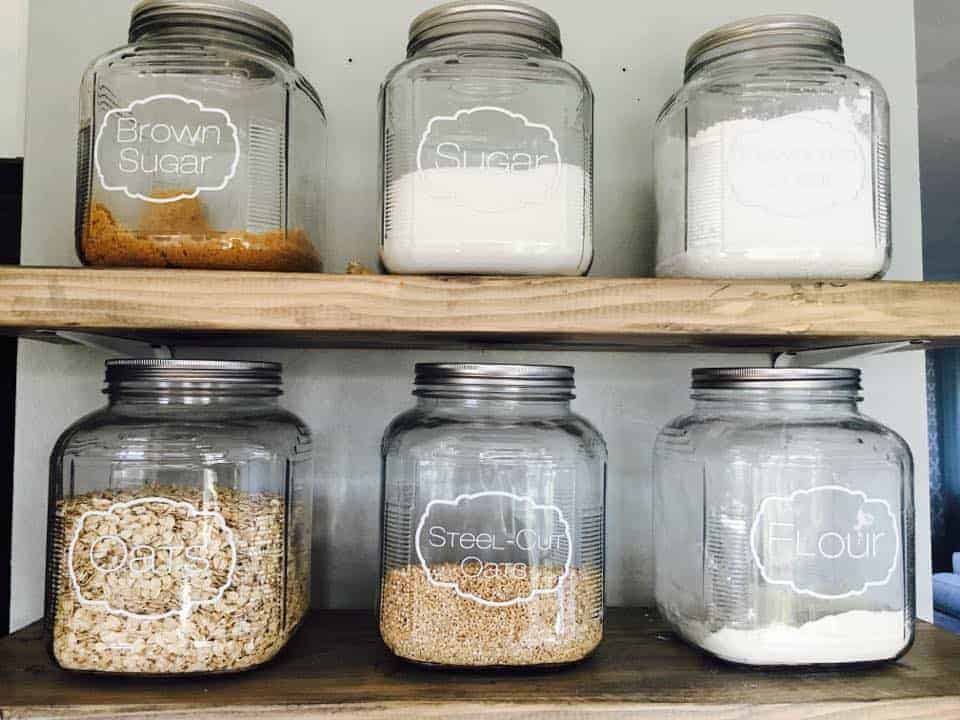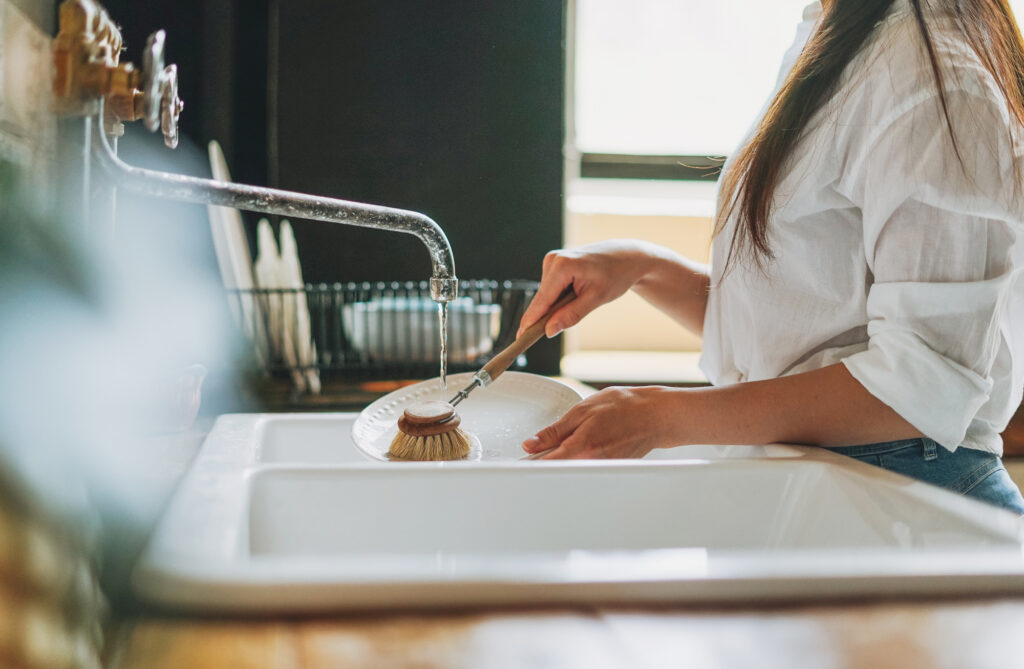Start by planning meals ahead and shopping with a list to avoid overbuying. Bring your own reusable produce bags, jars, and totes to reduce packaging waste. Whenever possible, buy in bulk and choose items with little to no packaging. Shopping at local farmers’ markets is another great way to support low-waste, seasonal eating.
Use What You Have
Get creative with leftovers and what’s already in your fridge or pantry. Cooking “scrappy” meals—like veggie stir-fries or soups made from odds and ends—helps prevent food from going to waste. Keep a “use me first” section in your fridge for items that are close to expiring.
Compost Food Scraps
Not all waste is avoidable, but composting keeps organic matter out of landfills. You can compost fruit and veggie peels, coffee grounds, eggshells, and more—either in your backyard or with a local composting program.
Ditch Single-Use Items
Swap paper towels for cloth rags, plastic wrap for beeswax wraps, and disposable containers for glass or stainless steel alternatives. Even small changes like using reusable coffee filters, sponges, or food storage bags can make a big difference over time.
Store Food Smartly
Proper storage helps extend the life of your ingredients, especially if you buy loose or in bulk. Keep herbs in water, store greens with a towel to absorb moisture, and freeze excess fruits or leftovers before they spoil. Clear containers also help you see what you have and avoid duplicates or forgotten items.
Make Your Own Basics
Try making things like nut milk, broth, or snacks at home to avoid the packaging that comes with store-bought versions. It can save money and give you more control over ingredients, too. You can also buy items in bulk and package them in your own eco-friendly packaging.
Reuse and Repurpose
Glass jars from sauces or condiments make great containers for pantry staples, lunches, or homemade dressings. Citrus peels can be used to make cleaning vinegar. Even stale bread can be transformed into croutons or breadcrumbs.
Use Less Waste With Cleaning Products
Many kitchen cleaners come in single-use plastic. Instead, try DIY solutions with vinegar, baking soda, and essential oils, or look for refill stations or concentrated cleaning tabs to cut down on packaging.
A zero waste kitchen doesn’t have to happen overnight. It’s all about small, consistent habits that reduce waste and increase mindfulness around how we cook, store, and eat food.







I do always try to use what I have first. And I reuse what I can. I need to get more eco friendly cleaners though.
These are some wonderful tips on a zero waste kitchen. I always reuse glass jars and store food and spices in them
I really like the idea of making your own stuff at home, like the broth and nutmilk you said, and putting together healthy and delicious snacks from home can be easy! Great tips!
I try and stay mindful of waste in my kitchen; I do try and plan my meals and reuse eco-friendly products. I do need to try and let loose of the paper towel..lol
These tips are very useful. I always use what I have in the kitchen first.
This post reminded me how powerful small swaps can be. I’ve started composting and it’s surprisingly satisfying to give scraps a second life.
I am trying to keep waste to a minimum wherever possible – first with cooking itself by cookling and consuming food with the least possible wastage
This is such a helpful guide—thank you for sharing! I especially love the idea of keeping a “use me first” section in the fridge to prevent food waste. It’s small habits like these that make a big difference over time.
My mom will surely be happy to know about all these. I will share it with her now to give her a good shot.
We try and have reusable versions of as much as we can like glass tuppleware, silicone banking sheets etc. But there’s always more we can do, so this is really helpful x
We started composting this year and we feel it was a step forward in achieving a zero waste kitchen…Amazing tips, thank you so so much.
I rotate my kitchen pantry like a grocery store to keep everything fresh and reduce waste. Love these tips.
Using the freezer has really helped me as well. I use to waste so much food, but freezing gives it far more time.